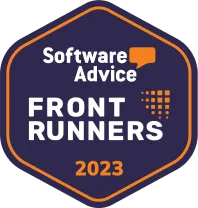Power
All the tools you need to take your project to the next level.
We help you manage project management with the best Gantt Chart Maker Tool
The easiest Gantt chart maker just got even simpler. Meet Instagantt’s new AI Assistant—the fastest way to create Gantt charts effortlessly.









Users
Projects
Tasks Created
Teams

You can get started right away without having to spend lots of time learning the gantt chart maker tool
Get things done without being overwhelmed with our simple-to-use gantt chart online software.
Spend only seconds synching Asana projects with Instagantt.

All the tools you need to take your project to the next level.
An easy to use interface that lets you create beautiful project plans fast.
Know your team's workload and keep them from becoming overloaded.
Visualize your projects and schedule your tasks and resources accordingly.

Start managing your projects efficiently & never struggle with complex tools again.



Get Started for free managing your gantt charts online efficiently and never struggle with complex tools again